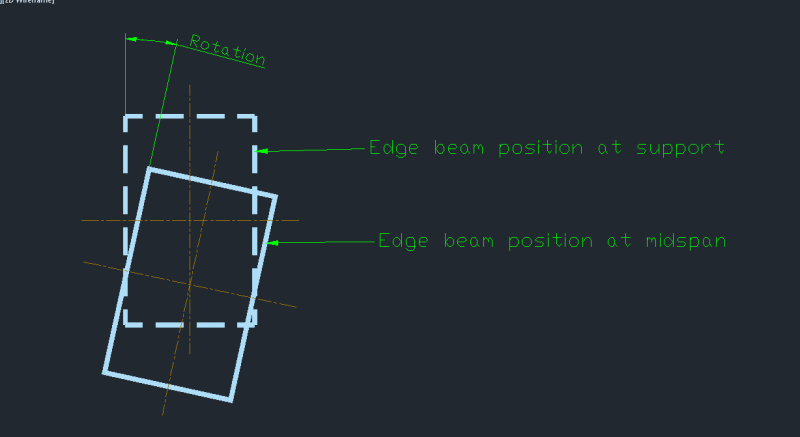I have one question about this program.
If i use this program to do RC design (say a 5 storey RC factory), some of the RC beams fail due to the shear problem, while look into the result, it failed due to the torsion moment on it. But in fact, while considering the floor RC slab can help to balance the torsion effect and real torsion effect won't be so critical. May I know, who do you deal with this problem? any setting can make it more realistic?
By the way, while applying a load on an RC floor Slab, what is the difference between a floor load and plate load? which one is more realistic? (From the result, there is some difference).
Many thanks.
If i use this program to do RC design (say a 5 storey RC factory), some of the RC beams fail due to the shear problem, while look into the result, it failed due to the torsion moment on it. But in fact, while considering the floor RC slab can help to balance the torsion effect and real torsion effect won't be so critical. May I know, who do you deal with this problem? any setting can make it more realistic?
By the way, while applying a load on an RC floor Slab, what is the difference between a floor load and plate load? which one is more realistic? (From the result, there is some difference).
Many thanks.

